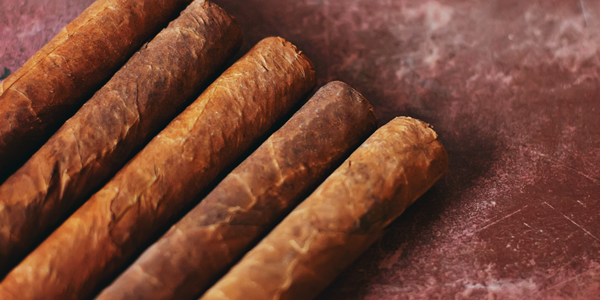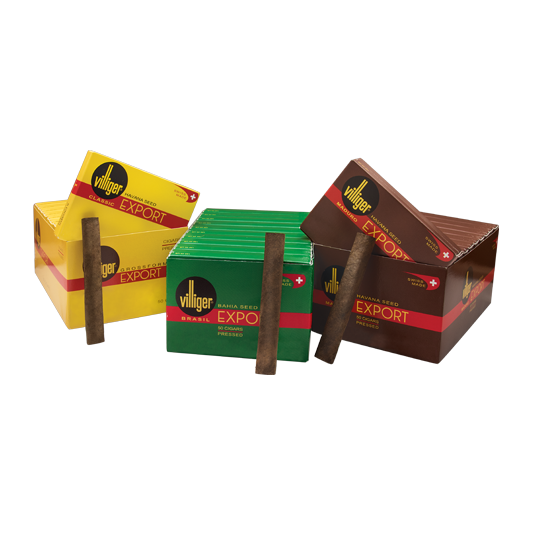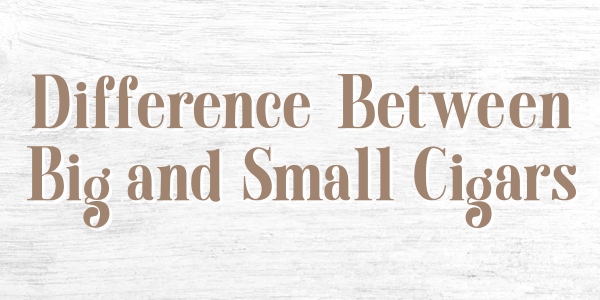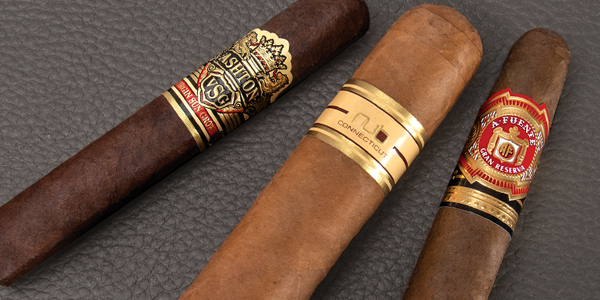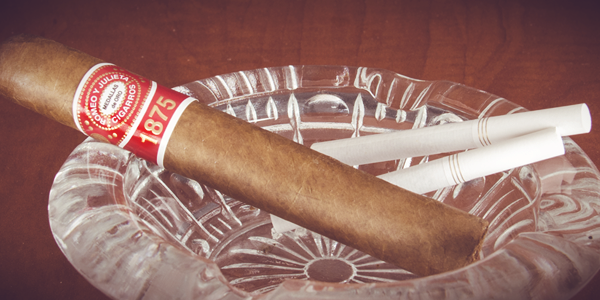What Are Dry-Cured Cigars?
Toward the end of the 20th century, I had the opportunity to visit the factory in Lucca, Italy, where the Toscano cigar is made, named after the region of Tuscany. Long story short, the experience was an assault on my olfactory system. The process of drowning the tobacco during fermentation, to get out the ammonia and impurities, filled the room with an atmosphere that made one gag. Smoking the finished product, a la Clint Eastwood in those “spaghetti Westerns,” was very different from enjoying a handmade premium cigar of the Cuban style. Dry-cured cigars are popular, mostly in Europe, but some are made in the United States. What’s it all about?
The Process
At the end of the moistening step, the tobacco for most dry-cured cigars is essentially baked very slowly over about six weeks. Fires in the curing barns are used to create dry heat. This is also called “fire curing” as opposed to the air curing that is used for other “moist” premium cigars like Ashton, Arturo Fuente, and Padron. The dry-curing barns look like they’re on fire because so much smoke is leaking out. After curing, the tobacco is chopped and rests for about 40 days. The leaves retain some elasticity, measuring about twenty percent moisture, especially those used for wrapper, but the filler on dry cured cigars is short and the sticks are predominantly machine-made. There is no binder. The final product often has a craggy-looking wrapper, very dark and very strong in flavor. An advantage is that storage requires very low humidity, so you don’t need a humidor for dry-cured cigars.
Many of the dry-cured cigars come off the machines that “roll” them as long sticks that then get cut to the length of the cigar that gets packaged. The Toscano that you take out of the box, for example, is actually half of a stick that was then cut into two cigars, open at both ends. Many other machine-made cigars that you’ll find at gas stations and convenience stores are also dry cured, but they don’t necessarily contain only tobacco. I’m not including those here.
The Filler
In Italy, the tobacco inside the dry-cured Toscano (and its American cousins, De Nobili and Parodi, both made by Avanti in Pennsylvania) is Kentucky Burley, a varietal used in pipe and cigarette tobaccos. Dry-cured cigars are usually 100 percent tobacco and most contain Indonesian, Sumatra, or Brazilian leaves. Other countries, like Mexico, the Dominican Republic, Colombia, Ecuador, Cameroon, Honduras, and the US produce tobacco used in dry-cured cigars. Cuba does too, but that’s not available in the US.
The Wrapper
Among the wrappers found on dry-cured cigars, you’ll find some that are familiar. Connecticut wrapper is used to impart some sweetness and tone down the strength of a dry-cured cigar. Sumatra, Java, and Cameroon wrappers provide nuttiness. Indonesian gives some spice to the smoke. Brazil wrappers are dark, robust and zesty.
The Flavor
While flavors cover a wide spectrum, many dry-cured cigars tend to have a significantly more acidic – some say sour – taste if they are not tempered. The Italian-style ones, Toscano and De Nobili, are strong and quite acidic and have a very high nicotine content. On the milder side, the Swiss-made Villiger Export ($56.95 for 50), among the world’s best-selling dry-cured cigars, is much more refined and comes in three distinctive wrappers and is box-pressed, and about the size of a Petit Corona. The Brasil, with a Brazilian wrapper, is peppery and earthy. The Classic, with a Sumatra wrapper, is relatively creamy, mild, and nutty with hints of coffee. The Maduro, with a Brazilian Maduro wrapper, is bolder in its conveyance of dark chocolate and spices. These are all small cigars that are appealing when you have a short time and want a lot of flavor.
And, Finally
Back to our friend, the Toscano. They weren’t only in those spaghetti Westerns. In a 1959 film, Anatomy of a Murder, Jimmy Stewart, playing a lawyer, offers his “Italian cigars” to a friend. The friend declines and responds, “Those stinkweeds are another sign of your decadence.”
In a 1998 British TV version of the Sherlock Holmes story, Holmes and Watson are dining in an Italian restaurant. The sardonic Holmes says to Watson, "Try one of the proprietor's cigars. They are less poisonous than one would expect.” No, no rimshot was audible.
You be the judge.

